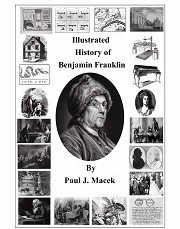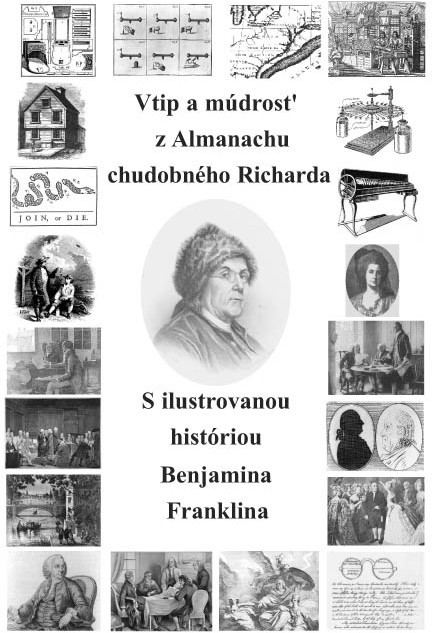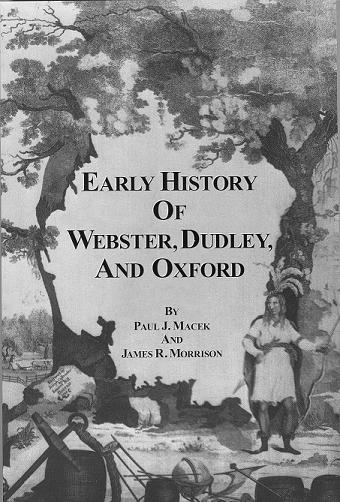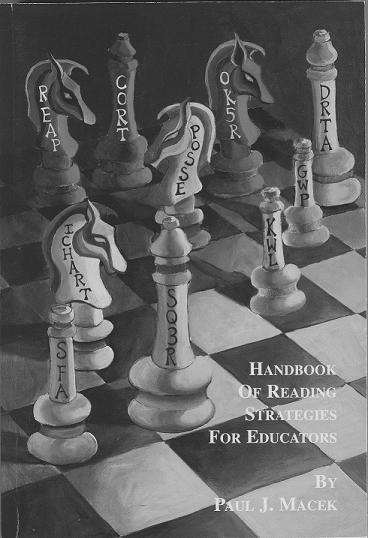Paul Macek, Publisher & Writer

THE FALL OF THE HOUSE OF
TRUMP
Every once in a while, a book comes along with a profound insight and an historical relevance to the American story -- that book is The Fall of the House of Trump. The Fall of the House of Trump is like a "fire bell in the night" -- with too many historians not ringing the bell loud enough, this book does.
The book is not about being against or for Trump -- it is not about being a Democrat or Republican -- it is all about the communal experience of being an American. A book that should not only be read but also studied -- with innovative ideas on Trump: the use of Venn Diagrams, Gini Indexes, and Secret Writing.
The Fall of the House of Trump -- 48 Satirical Illustrations that define the presidency of Trump -- 25 Pages of Timelines which frame the history of the U.S. -- Hundreds of Aphorisms which provide the best thoughts on historical topics.
The Fall of the House of Trump -- Incredible illustrations which define the Trump presidency such as Trump as the Monopoly Man, Woody Guthrie's Song of "Old Man Trump," the Trump Monopoly Board, Trump as the Walking Dead on Healthcare, Trump as Major T.J. King Kong, Trump as Newspeak, and Trump as the Manchurian Preisdent.
The Fall of the House of Trump -- The best Trump book with links to American history -- with more than a half dozen links to the Doomsday Clock -- An Argument Against "Ignorance Is Strength" -- An Argument Against "War Is Peace" -- An Argument Against "Freedom Is Slavery" -- The Best Argument for the Election of 2020.

ILLustrated history of edgar allan poe
The most recent publication is the Illustrated History of Edgar Allan Poe. This book covers the life and work of one of America's most famous authors - Edgar Allan Poe. One could read this book at several possible levels. The book contains 75 illustrations including a "Geographical Timeline" on the inside front cover and a "Chronological Timeline" between the Introduction and the first page of text. Some of the notable artists who provide the illustrations are Gustave Dore, Harry Clarke, Aubrey Beardsley, Edouard Manet, and Byam Shaw. The illustrations highlight not only the literary work of Poe but also his life whether the setting was Boston, Richmond, Baltimore, Philadelphia, or New York. Illustrated History of Edgar Allan Poe also provides 204 marginal notes, many of which are epigrams from Poe's literature, whether poem, short story, novel, or essay.

ILLUSTRATED HISTORY OF BENJAMIN FRANKLIN
The Illustrated History of Benjamin Franklin divides into the following sections: "Franklin's Early Years in Boston (1706-1723)"; "Franklin's Years of Publishing in Philadelphia (1723-1748)"; "Franklin as Inventor and Scientist (1742-1762)"; "Franklin During the American Revolution (1763-1783)"; and "The Twilight Years of Benjamin Franklin (1784-1790)." The beginning of the book covers "Franklin's Early Years in Boston (1706-1723)" from his birth on Milk Street in Boston to his habits of early reading of Plutarch and John Locke to his work for his brother at The New England Courant, where he began his career in the world of printing and publishing. The next section of the book highlights "Franklin's Years of Publishing in Philadelphia (1723-1748)." During this time, Franklin marries Deborah Read and has two children, Francis and Sarah. Moreover, he masters the art of printing with the publishing of The Pennsylvania Gazette (1728) and Poor Richard's Almanack (1732), which ultimately made him a fortune. In the section "Franklin as Inventor and Scientist (1742-1762)" the reader discovers his many inventions such as the stove, electric motor, lightning rod, three-wheel clock, and glass harmonica. "Franklin During the American Revolution (1763-1783)" highlights his political career in traveling to England in representing the colonies to the writing of the "Declaration of Independence" with Thomas Jefferson. "The Twilight Years of Benjamin Franklin (1784-1790)" represent more political work on the Constitution

WIT and Wisdom of poor Richard's almanack with an illustrated history of Benjamin franklin
The second offering in literature represents a translation of The Wit and Wisdom of Poor Richard's Almanack with an Illustrated History of Benjamin Franklin (Vtip a mudrost z Almanachu chudobneho Richarda s ilustrovanou historiou Benjamina Franklina). Although this book was published and printed in Europe, Slovak readers can also obtain this book from the publisher. Wit and Wisdom from Poor Richard's Almanack presents hundreds of delightful maxims concerning the categories of age, eating and drinking, friendship, marriage, occupations, religion, money and business, politics, social relations, common sense, vice, and virtue. The book also illustrates the life of Franklin with forty-two graphics. These graphics show Franklin as a printer, soldier, author, publisher, scientist, politician, postmaster, inventor, civic activist, satirist, statesman, and diplomat.

Webster, Dudley, and oxford during the nineteenth century
The second offering by the publishers deals with local history between 1800 and 1900 in the title of Webster, Dudley, and Oxford During the Nineteenth Century. The book contains 556 pages, 109 graphics, more than 70 tables, 29 pages of appendices, and 21 pages of index. This book covers the tri-town area in antebellum America (1800-1861) and the abolition movement in Worcester, Massachusetts. One of the more dominant topics in the book is Chapter 3 (150 pages), a chronicle of the Fifteenth Regiment Massachusetts Volunteer Infantry during the Civil War which includes the following towns: Company A (Leominster), Company B (Fitchburg), Company C (Clinton), Company D (Worcester), Company E (Oxford), Company F (Brookfield/North Brookfield), Company G (Grafton), Company H (Northbridge), Company I (Webster), and Company J (Blackstone). Throughout the book, the author also highlights the contributions of Clara Barton during the Civil War, Reconstruction, and Gilded Age. The last three chapters deal with Reconstruction, Gilded Age, and the Webster Lake, respectively. The book also covers the growth of railroads/trolleys and technology in Worcester County, national political elections in the tri-town area, industry, labor, local governments, health, fire, police, temperance, the evolution of high schools and public utilities, recreation, and a variety of other topics.

early history of webster, Dudley, and oxford
Over the last ten years, the publishers have made two historical offerings to the readers of the tri-town area. In 2000, they published the Early History of Webster, Dudley, and Oxford, the first local history book on the towns of Webster and Dudley. In 2001, the publishers took the book through a second printing. Early History of Webster, Dudley, and Oxford covers rare topics such as the geography of the tri-town area, Native Americans in Worcester County, the ancient paths and trails of New England, the history of the Webster Lake, the colonial settlement of New England, the Pequot War of 1637, and the King Philip's War of 1675. In the last part of the book, the birth of the tri-town area comes alive with the arrival of the French Huguenots in Oxford in 1686 and the subsequent English settlement of Oxford in 1713. The book then highlights the incorporation of Dudley in 1732 and the local history of Oxford and Dudley during the American Revolution. The last two chapters explore the coming of Samuel Slater to the tri-town area, whereby an industrial town such as Webster (1832) evolves from the two rural towns of Oxford and Dudley, a pattern which will be seen throughout New England during the early to middle of the nineteenth century.
